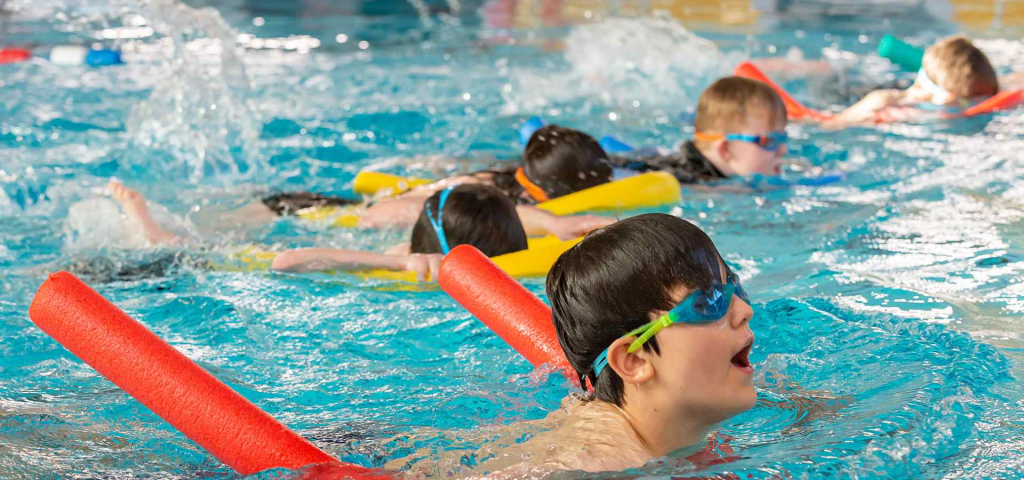1. Introduction to Swimming Lessons
Swimming lessons are educational programs designed to teach individuals water safety and swimming techniques. These programs are typically structured according to age groups and skill levels, with separate classes available for children, adults, and special populations. The primary objective is to develop competency in aquatic environments through systematic instruction.

2. Program Structure and Levels
Most swimming programs follow a progressive level system that introduces skills in a logical sequence. Beginning levels focus on water acclimation and basic safety, while intermediate and advanced levels build stroke technique and endurance. Each level has specific skill requirements that must be demonstrated before progression.
3. Instructional Content and Skills
Curriculum typically includes water entry and exit techniques, breath control, floating, kicking, and arm movements. Stroke instruction generally covers freestyle, backstroke, breaststroke, and elementary backstroke. Safety skills such as treading water, recognizing emergencies, and safe diving practices are incorporated throughout all levels.
4. Safety Protocols and Facility Standards
Swimming programs are conducted in facilities that meet local health and safety regulations. Certified lifeguards are present during all instructional sessions. Class sizes are maintained according to industry standards to ensure proper supervision and individual attention.
5. Instructor Qualifications and Training
Swimming instructors typically hold certifications from recognized aquatic organizations. These certifications require training in water safety, rescue techniques, teaching methods, and CPR/first aid. Instructors receive ongoing training to maintain their certifications and stay current with best practices.
6. Benefits of Swimming Education
Participation in swimming lessons can contribute to physical fitness, coordination, and water safety awareness. The activity provides low-impact cardiovascular exercise and can help develop muscle strength and endurance. Water safety knowledge may reduce drowning risks for participants.
7. Class Format and Scheduling
Lessons are typically offered in various formats including group classes, semi-private sessions, and private instruction. Session lengths vary but commonly range from 4-8 weeks, with classes meeting once or twice per week. Each session usually lasts between 30-60 minutes depending on age and level.
8. Equipment and Facility Requirements
Programs provide information about necessary equipment such as appropriate swimwear, goggles, and towels. Some facilities may require swim caps for individuals with long hair. Most instructional pools maintain water temperatures between 83-86°F (28-30°C) for comfort during lessons.
9. Progress Evaluation and Communication
Instructors typically provide regular feedback on skill development through formal and informal assessments. Progress reports or completion certificates are often provided at the end of sessions. Parents of young swimmers generally receive updates on their child’s development and any areas needing practice.
10. Program Limitations and Considerations
Swimming lessons provide water safety education and skill development, but individual progress varies based on frequency of practice, physical ability, and comfort level in water. No program can guarantee complete water safety or specific performance outcomes.
11. Accessibility and Special Accommodations
Many programs offer adaptive swimming lessons for individuals with special needs. Facilities typically provide information about accessibility features and available accommodations upon request. Advance communication about specific needs is generally recommended.
12. Conclusion
Swimming lesson programs offer structured aquatic education focused on skill development and water safety. These programs are conducted by qualified instructors in regulated facilities with emphasis on progressive learning and safety standards. Individuals should consult with programs directly to determine appropriate class placement and discuss specific needs or concerns.
